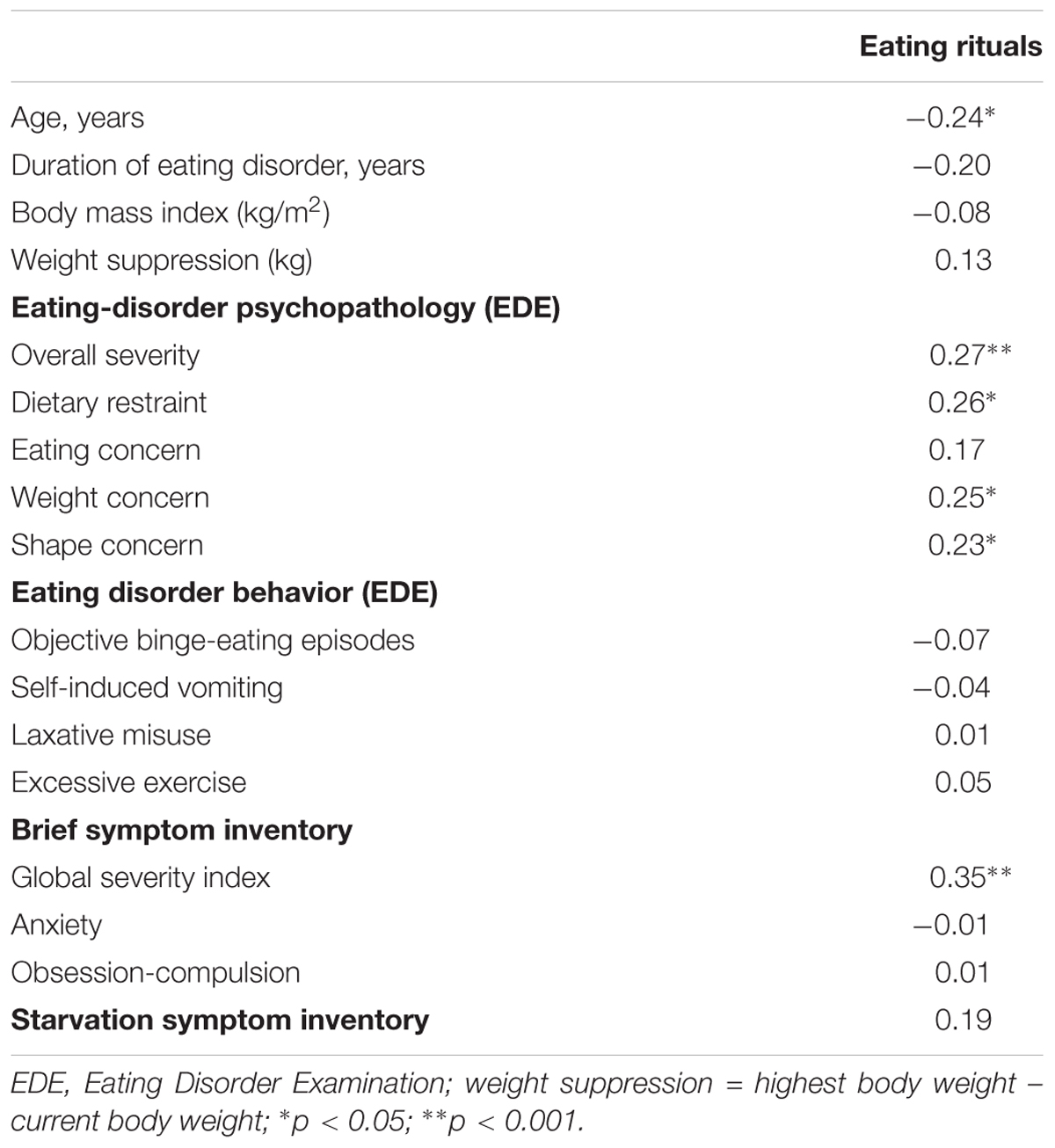
People with bulimia frequently eat unusually large amounts of food in a specific period of time.Įach binge eating episode usually continues until the person becomes painfully full. Like anorexia, bulimia tends to develop during adolescence and early adulthood and appears to be less common among men than women ( 7). They have an intense fear of gaining weight, even when severely underweight.īulimia nervosa is another well-known eating disorder.

Summary People with anorexia nervosa may limit their food intake or compensate for it through various purging behaviors. In severe cases, anorexia can result in heart, brain, or multi-organ failure and death. Over time, individuals living with it may experience the thinning of their bones, infertility, brittle hair and nails, and the growth of a layer of fine hair all over their body ( 9). In both cases, after they eat, they purge using activities like vomiting, taking laxatives or diuretics, or exercising excessively.Īnorexia can be very damaging to the body. Individuals with the binge eating and purging type may binge on large amounts of food or eat very little. Individuals with the restricting type lose weight solely through dieting, fasting, or excessive exercise. Such individuals may also have difficulty eating in public and exhibit a strong desire to control their environment, limiting their ability to be spontaneous.Īnorexia is officially categorized into two subtypes - the restricting type and the binge eating and purging type ( 8). For instance, many people with anorexia are often preoccupied with constant thoughts about food, and some may obsessively collect recipes or hoard food. Obsessive-compulsive symptoms are also often present. a distorted body image, including denial of being seriously underweight.a heavy influence of body weight or perceived body shape on self-esteem.a relentless pursuit of thinness and unwillingness to maintain a healthy weight.an intense fear of gaining weight or persistent behaviors to avoid gaining weight, despite being underweight.

being considerably underweight compared with people of similar age and height.

They tend to constantly monitor their weight, avoid eating certain types of foods, and severely restrict their calories.Ĭommon symptoms of anorexia nervosa include ( 8): People with anorexia generally view themselves as overweight, even if they’re dangerously underweight. It generally develops during adolescence or young adulthood and tends to affect more women than men ( 7). These include genetics, brain biology, personality traits, and cultural ideals.Īnorexia nervosa is likely the most well-known eating disorder. Summary Eating disorders may be caused by several factors. However, more studies are needed before strong conclusions can be made. In particular, levels of the brain messengers serotonin and dopamine may be factors ( 5, 6). More recently, experts have proposed that differences in brain structure and biology may also play a role in the development of eating disorders. Thus, they are likely caused by a mix of factors. Yet, in some countries, few individuals end up developing an eating disorder. That said, culturally accepted ideals of thinness are very present in many areas of the world. In fact, certain eating disorders appear to be mostly nonexistent in cultures that haven’t been exposed to Western ideals of thinness ( 4). Other potential causes include perceived pressures to be thin, cultural preferences for thinness, and exposure to media promoting such ideals ( 3). In particular, neuroticism, perfectionism, and impulsivity are three personality traits often linked to a higher risk of developing an eating disorder ( 3). This type of research has generally shown that if one twin develops an eating disorder, the other has a 50% likelihood of developing one too, on average ( 3). Twin and adoption studies involving twins who were separated at birth and adopted by different families provide some evidence that eating disorders may be hereditary. Experts believe that eating disorders may be caused by a variety of factors.


 0 kommentar(er)
0 kommentar(er)
